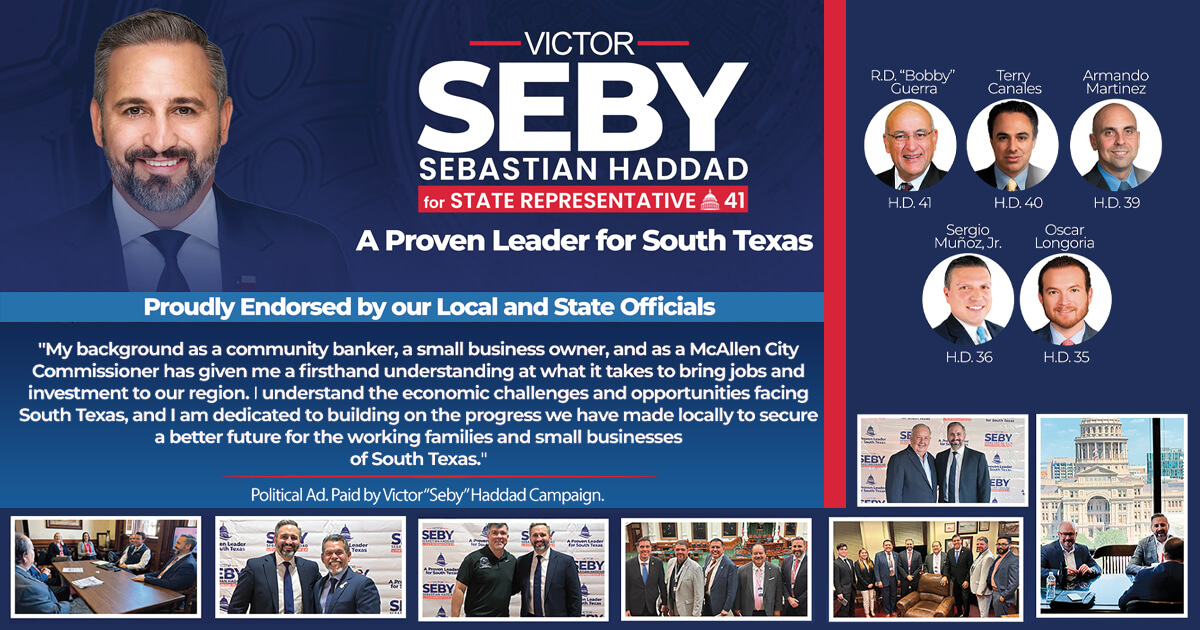
Texas Border Business
The US economy is slowing to some extent, with relatively modest job gains (particularly in the private sector) and other signs of a less robust period of activity. The current situation is the inevitable result of Federal Reserve efforts to slow inflation and uncertainties such as increasingly acute geopolitical tensions and the prospects for policy shifts in a new Administration.
When projecting across decades, however, long-term patterns such as demographics, fiscal sustainability, and innovation exert far more influence than the headlines of any given day. Let’s explore a few high points for context.
The latest long-term projections indicate that US population growth will slow, and, as soon as 2040, net immigration will account for the entire increase. The number of people in prime working ages (25-54) is likely to remain fairly stable, with rapid expansion among those over 65. In addition to the implications for the workforce (and the necessity of simple, sensible immigration), major federal budget items such as Medicare and Social Security are significantly impacted. The better our response to these inescapable demographic realities, the greater the potential success that can be achieved.
Although the federal debt situation is not catastrophic, it can’t be ignored indefinitely. Interest payments are a large and rapidly escalating component of the budget. Debt also causes “crowding out,” with investors buying government securities rather than investing in more productive and expansion-oriented ways. If current patterns persist, it will limit our potential for future prosperity.
Medicare and Social Security are two of the largest categories of spending, and both are rising due to the aging population and inflation. Others include National Defense, which may of necessity increase as a result of geopolitical tensions, and Net Interest. It will be difficult to slow the growth of the debt, much less decrease it; bipartisan long-term approaches are the only viable and sustainable approach.
Innovation has long been (and will continue to be) essential to economic growth. The US will never be the low-cost manufacturer of many products due to higher labor costs and greater concentrations of capital and technology. Education and enlightened policy to incentivize basic research and implementation can preserve leadership in this critical arena. It’s imperative for the economy, while fostering lifesaving and world-changing advances.
Our most recent forecast indicates that, while challenges certainly lie ahead, the US economy remains well-positioned for long-term expansion. We’re projecting employment gains at a relatively healthy 1.52% annual pace over the next 30 years, representing an increase of 89.2 million jobs by 2053 (which is only possible with ongoing immigration at every skill level). No one knows precisely what will happen in the span of three decades, but the underlying trends are decidedly upward. Stay safe!
_____________________________
Dr. M. Ray Perryman is President and Chief Executive Officer of The Perryman Group (www.perrymangroup.com), which has served the needs of over 3,000 clients over the past four decades.
















